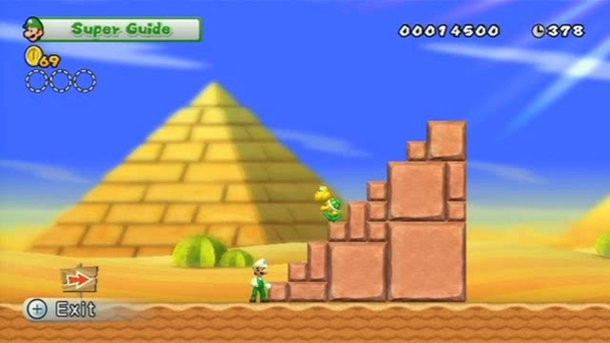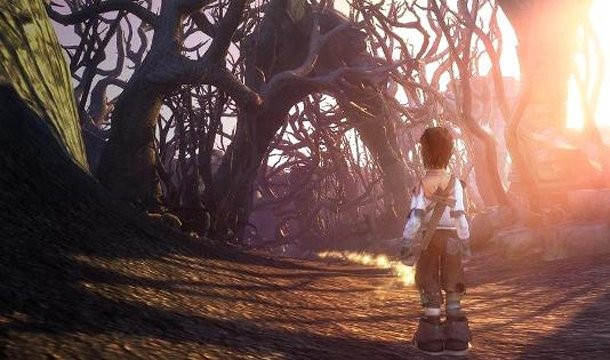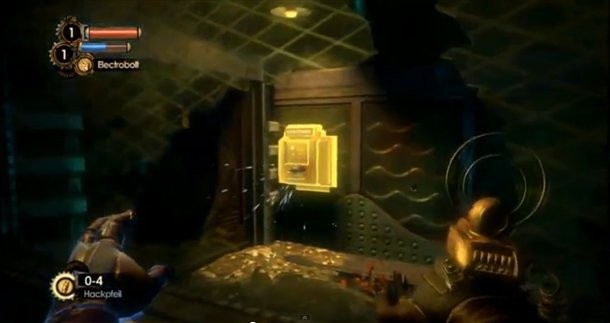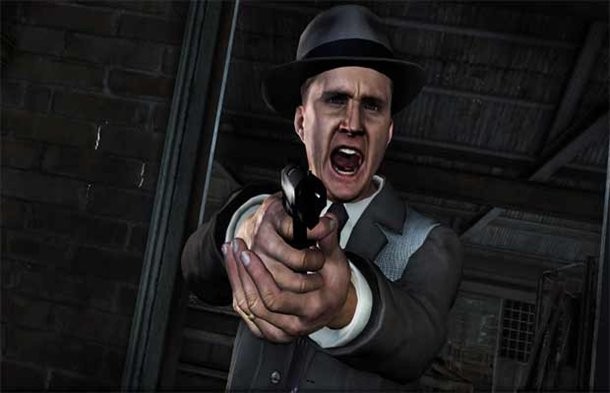Player's Guide: A Look At In-Game Help

Remember the days where hours were spent scouring a dungeon in search of the nasty hidden switch needed to proceed or slaving over a puzzle that seemed virtually impossible to solve? Then came the glorious moment of relief when objectives were completed, the boss was defeated, and you made that dungeon your – well, you know. With current design trends leaning toward accessibility, we’re seeing much less of that sense of accomplishment through hardship.
Giant arrows indicate where to head next, verbal and visual cues give hints, and switches and key items stand out of the environment with a glow. Some would argue these features are incredibly helpful, while others would say it eliminates gaming’s sense of exploration and makes titles “too easy.” These features are usually optional, but do you think they are necessary? Here are just a few examples of in-game help that go above and beyond to aid players on their quest.

Carving a path
Sometimes a simple in-game map might not be enough for some players. Thankfully these lost souls have games such as Dead Space that can highlight where to go next. If at any point you need a hint on where to go, you can activate your suit’s built-in navigation system, which creates a holographic route that leads you to your current objective. There’s also the Fable series’ “bread crumb” trail that serves a similar purpose.
A more common practice, particularly in large, open-world games, is the inclusion of map markers that highlight your next objective point (e.g. Grand Theft Auto series). You can then set waypoints to follow on the minimap for the most direct route to your destination. This certainly beats hours of wandering and trying to memorize landmarks.
There are some games that may not offer a direct path line, but will feature arrows to lead the way. Maybe you want to turn left during your search for extra loot, but these persistent arrows think otherwise. Take BioShock for example, which gives you the option of using arrows to guide you through Rapture frightening underwater world.
 Here’s a hint
Here’s a hint
Everyone gets stumped from time to time so a few games such as Double Fine’s Stacking implement a hint system. Stacking employs a three-tier hint system that players can utilize if stuck, and each hint gets more descriptive (there is a 30-second wait time between receiving hints). Or take the brain-bending puzzle series Professor Layton, which allows players to find hidden hint coins that can be spent on troublesome puzzles.
Less obvious hints usually found in shooters involve textual reminders to reload a weapon, how to turn on the flashlight once you reach a dark area, or how to melee attack if you’re about to engage in hand-to-hand combat. Sometimes these will pop up even after already having spent hours with the game.

Give it a glow
In expansive, detailed worlds, the key to progress can occasionally be overlooked, thus some developers make sure that objectives are clear (and sometimes painfully obvious). BioShock highlights switches needed to complete objectives in gold. Enslaved gives ledges and other jumping points a shimmer during platforming sections.

Unconventional help
Recently in-game help has gone from subtle hints and visual cues to a whole new level. New Super Mario Bros. Wii included a Super Guide that demonstrates which path to take to successfully complete a level if a player dies eight times in a row (a green box appears, entirely optional). With the upcoming L.A. Noire, Rockstar will allow players to skip action sequences entirely if they become too challenging.
Do you use in-game help? Do you think games sometimes take it too far? Discuss the topic and throw in any examples we missed in the comments section!

Get the Game Informer Print Edition!
Explore your favorite games in premium print format, delivered to your door.
- 10 issues per year
- Only $4.80 per issue
- Full digital magazine archive access
- Since 1991









